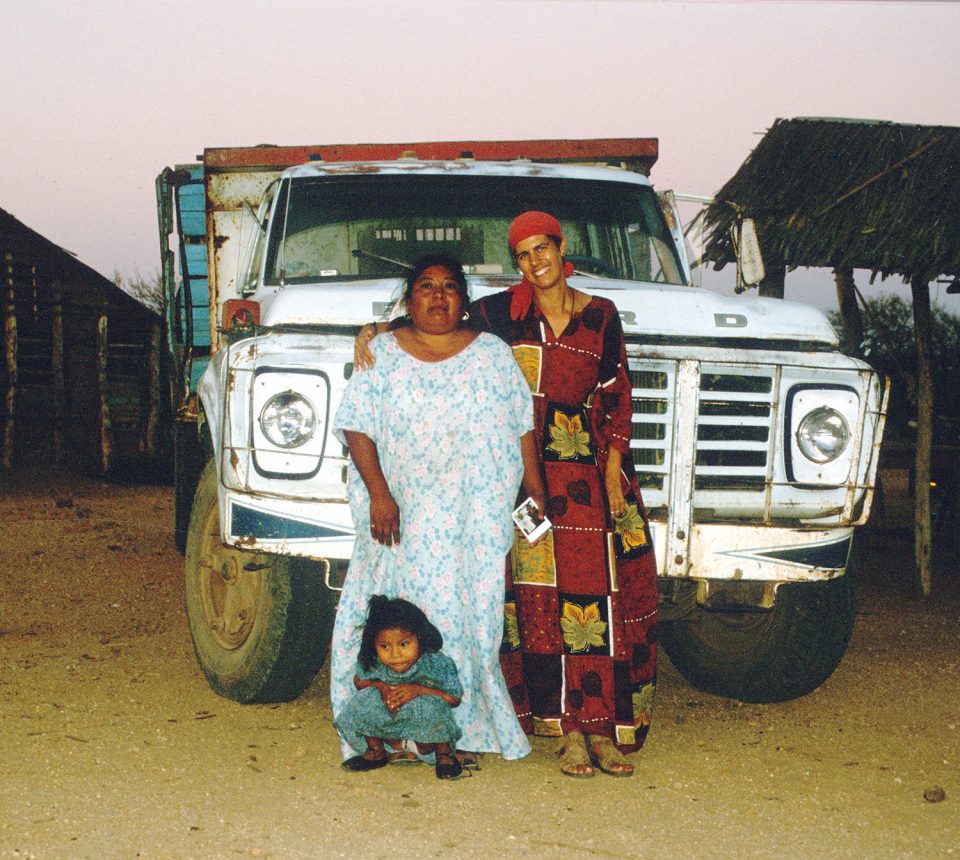Introduction
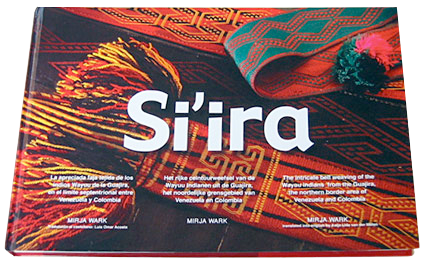
Si’ira
The book by Mirja Wark about the intricate belt weaving of the Wayuu women from the Guajira, the northern border area of Venezuela and Colombia
About the book
This book tells the story of a special belt, the si’ira, woven by one of the most accomplished hand weaving indigenous peoples of the world.
The women of the Wayuu from the dry and windy Guajira peninsula of Colombia and Venezuela weave the adorned loincloth belt or si’ira for their men and sons on the simplest of upright looms applying a score of intricate textile techniques. They manipulate their warps and wefts steadily, with immense patience and sublime skill to produce their bold and balanced designs.
The history and geography of the peninsula and the matrilineal society of the Wayuu are touched upon in the introduction as a backdrop to the central role played by textile crafts in daily life.
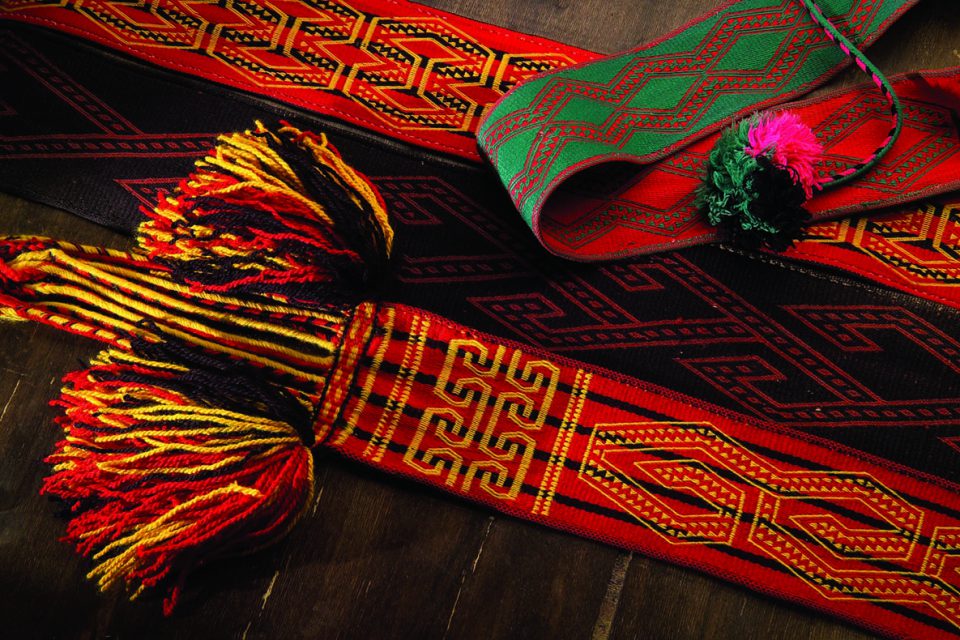
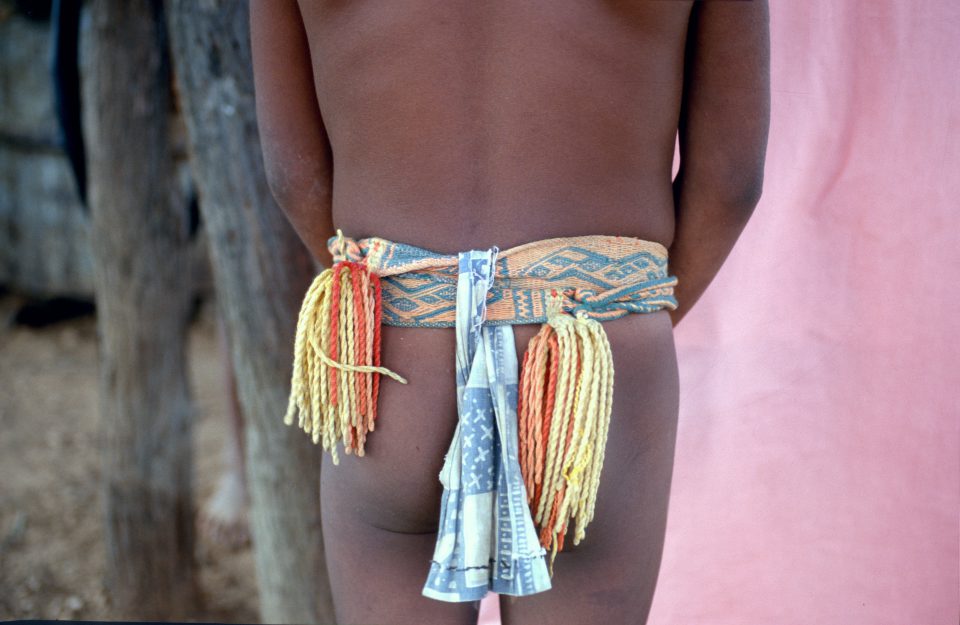
An extensive collection of woven line and pattern designs is to be found in the “gallery”, where samples from the Wayuu weavers and from private and museum collections are brought together, illustrated and analysed. Whilst new designs are being added to this living craft, much information is also lost. It is this part of the book that will be most interesting to the Wayuu weaver, because they work from example or memory.
The book ends with a practical guide on how to weave your own si’ira, with all its twined and pleated binding cords and colourful pompons.
Follow the clearly outlined steps of a complete project. All you need is a simple loom (construction drawing provided), some general weaving experience and plenty of patience. The work and the result will be most rewarding, as you learn and appreciate the supreme weaving skills of the Wayuu.

Contents
This book consists of three parts.
A description, a pattern collection and a practical part.
- CONTENTS
- INTRODUCTION
- PREFACE: THE LEGEND OF WALEKER
Part 1
Si’iras and their background
- THE WAYUU
- WAYUU CLOTHING
- MATERIAL AND EQUIPMENT
- ANALYSING THE SI’IRA
- WAYUU WEAVING IN PERSPECTIVE
Part II
Describing Si’ira patterns
- THE PATTERNS
- PHOTO-GALLERY
Part III
Weaving a Si’ira: practical suggestions
- PREPARATIONS
- THE SECRET OF THE HOLLOW SELVEDGE
- WEAVING
- FINISHES AND REPAIRS
- A RECONSTRUCTION AND A SUMMARY
- POINT PAPER PLANS
- APPENDIX 1, 2 and 3
- BIBLIOGRAPHY

Order
-
Product on sale
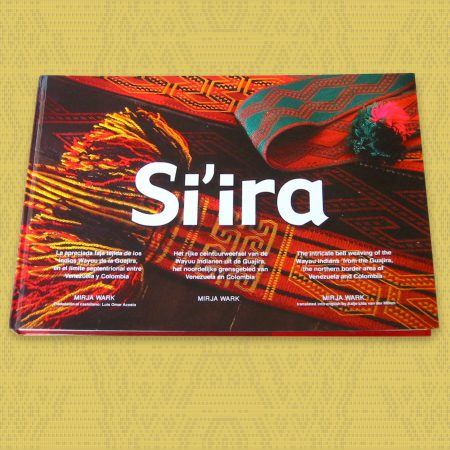 Si’ira bookOriginal price was: €50,00.€25,00Current price is: €25,00.
Si’ira bookOriginal price was: €50,00.€25,00Current price is: €25,00.
Background // Why this book?
Never did I dream of writing this book. I was just fascinated with the colours, the patterns and the complexity of the techniques used in the weavings of the Wayuu people. After struggling for a while with the specimens I had it became apparent that it was going to be impossible for me to discover and analyse the intricacies of this weave on my own. So I went to the Guajira Peninsula and spent time with the artisan families. Then the weavings really got to my imagination and touched me to the core. My appreciation of these textiles grew as I studied them.
During the trips I collected bags full of weavings and other handwork. To get an overview of the collection I started to make a catalogue with detailed analysis of the patterns, techniques, colours and materials.
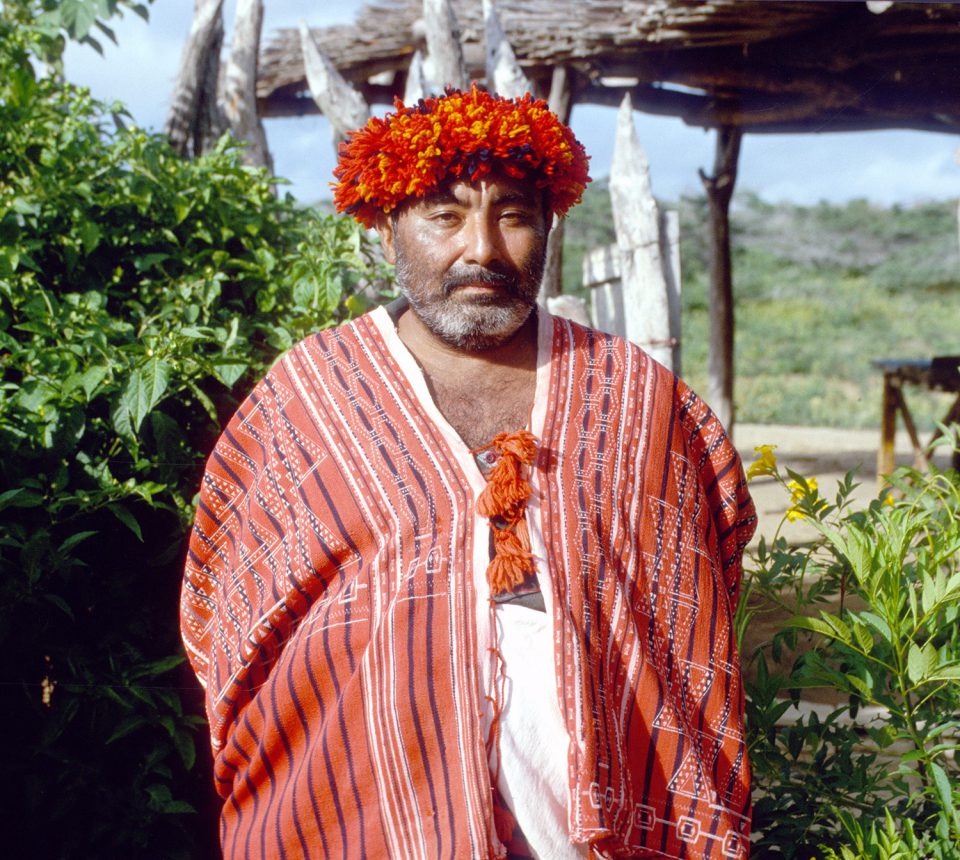
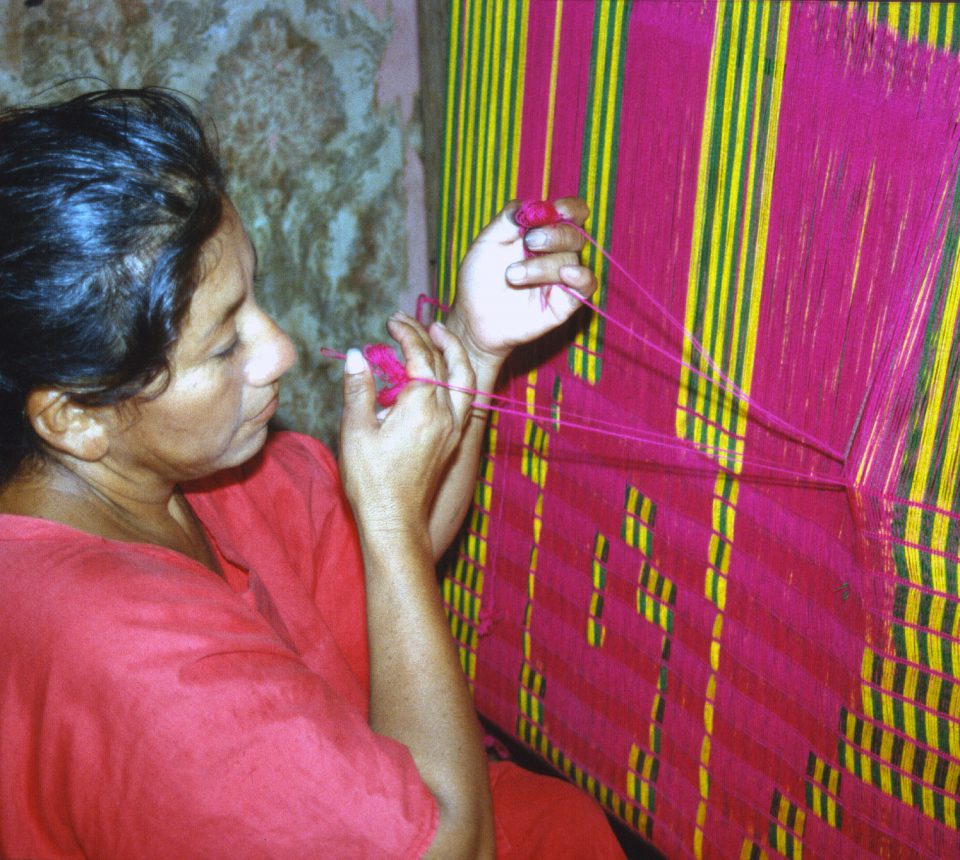
I was under the impression that it would result in a nicely finished project. But the folders with analysis did not show what it was that caught my imagination.
I considered that the Wayuu had collected all this knowledge over many generations and that now they were loosing it, slowly but surely. The manner of dress changes and the modern times have a negative influence on the rhythm of life in which traditionally handwork had a large place. I wanted to make a contribution towards the safeguarding of this specific weaving tradition. That was when the plan for this book was born. It was going to be a gift to the Wayuu as a token of my appreciation for their work and a thank you for sharing their knowledge with me.
Making a book is expensive and the information is so valuable that others should also be able to share in it. Anthropologists, artists and handweavers should be able to find information and inspiration. The choice for publishing in three languages in three columns next to one another has to do with the large amount of photographs and illustrations and with the expected small and specialised audience. Slowly the book started taking shape; technical background in a context that paints a picture of daily life, traditions and customs of the Wayuu. A catalogue of encountered shapes is of importance to the Wayuu. Step by step instructions will help the hand weaver. Maybe in the future even a Wayuu could use the information.
